
 By Eliza Popova
By Eliza Popova
"The United States and 37 other countries have introduced a new and complex export control regime against Russia. These measures strictly restrict exports to Russia's strategic technologies, taking into account semiconductors, microelectronics, navigation equipment and aviation components," Maria writes and emphasizes It was very successful when the event applied them against the USSR during the Cold War.
Unlike sanctions that can almost instantly stop trade and banking, export control is a softer tool aimed at preventing access to goods and technologies. Export control almost never leads to complete suppression of technology transmission and does not interfere with internal production. Yes, the success of export control depends on the rigidity of the restrictions, the uniqueness of each technology and the concentration of supply chains.
While there are alternative suppliers in non -sanctions, such as China and India, the impact of export control will be weakened. Unilateral export control is rarely effective, so international coordination is important, Shagin emphasizes. Western allies had considerable experience in blocking the Soviet Union access to secret technologies.
At the beginning of the Cold War, the West used multilateral export control to stop the supply of strategically important materials and technologies to the communist bloc countries to prevent the USSR from gaining a military advantage. The new restrictions imposed by the West against Russia are the most comprehensive, says Maria Shagin. "To the Russian invasion (in Ukraine - ed. ) Some advanced military technologies and some double -purpose technologies were mainly under export control.
Now, for the first time after the Cold War, Western countries have agreed to expand the control sphere far beyond existing regimes of export control, such As the Wassenar arrangements, the Australian group, the regime of missile technology and a group of nuclear suppliers. All these measures are focused on mass destruction, non -extension, or specific embargoes for weapons, "Shagina writes. The Kremlin, however, has extensive experience in counteracting sanctions and bypassing them.
The recent report of the Royal Institute of Joint Weapons (Rusi) considered the 27 most modern Russian military systems, taking into account communication systems, winged missiles and radio electronic struggle, and found out that they contain at least 80 different types of components that are subject to US export control.
The so-called military-civil fusion is also concerned, when the country's military potential is strengthened by systematic elimination of barriers between the defense industry and civil research institutions. The erasure of borders between the military and civilian sectors is the Russian phenomenon. Subsequently, export control plays a decisive role in the blasting of the Russian defense industry and the weakening of its military potential for war, the author is convinced.


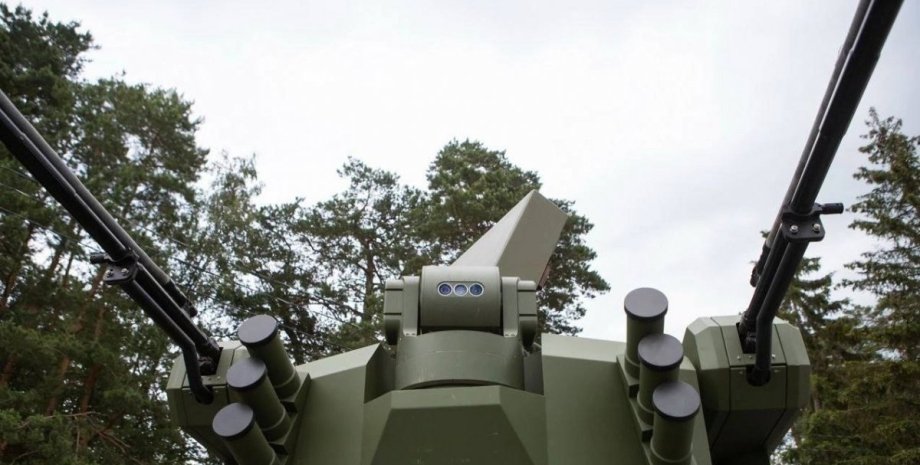
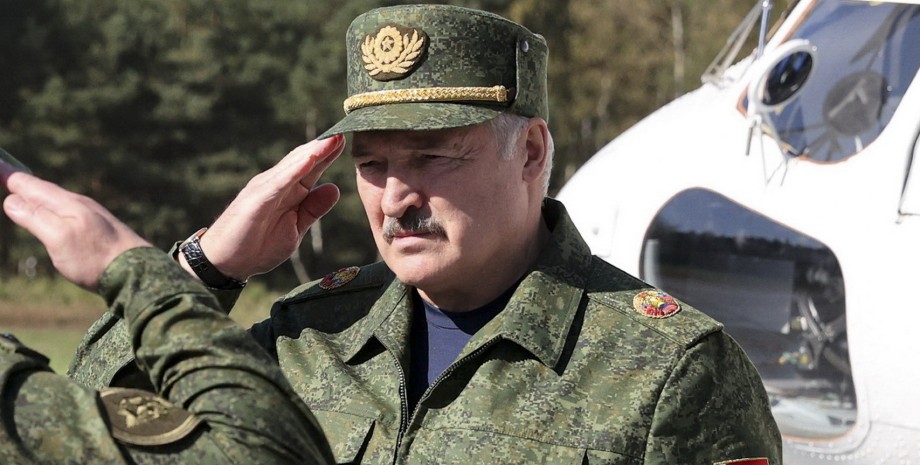
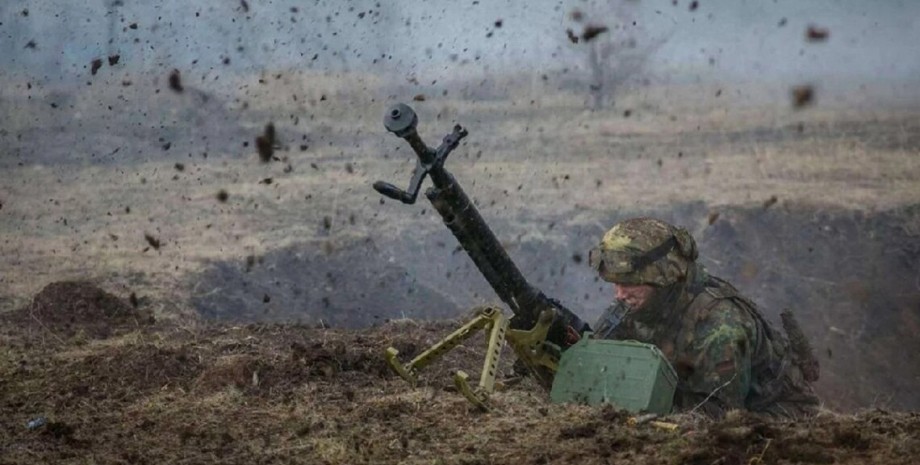

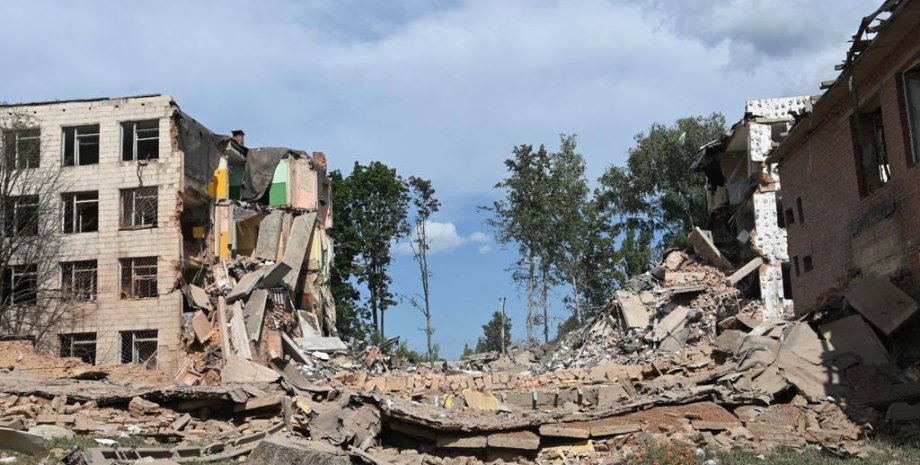


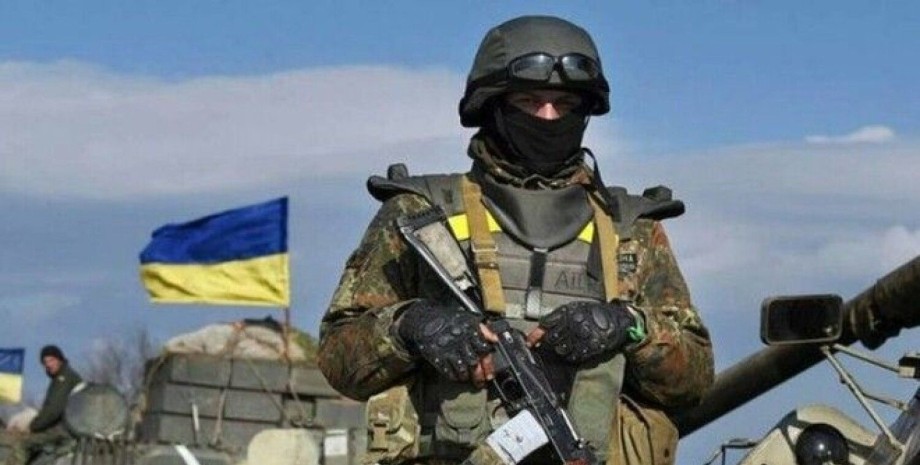
All rights reserved IN-Ukraine.info - 2022